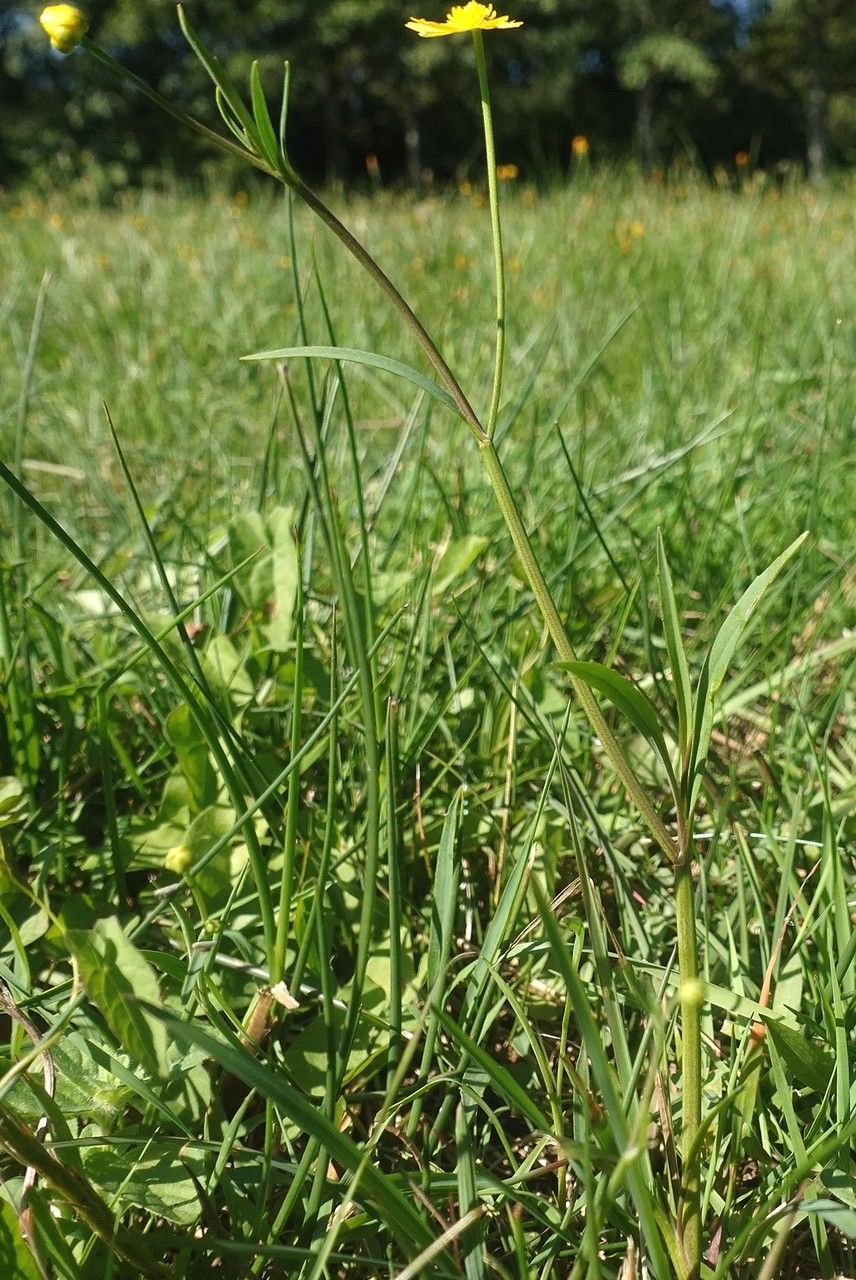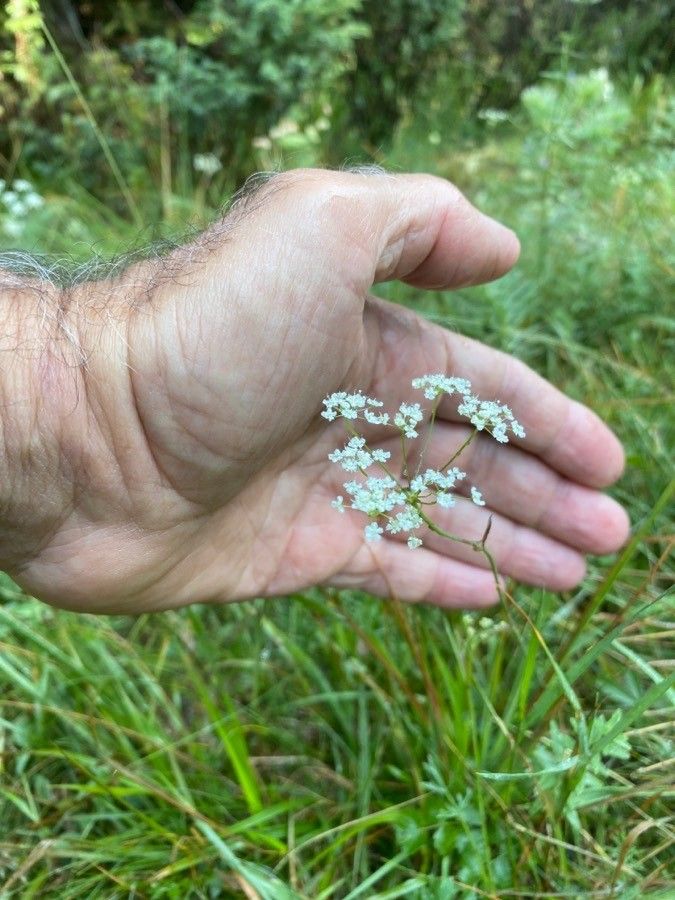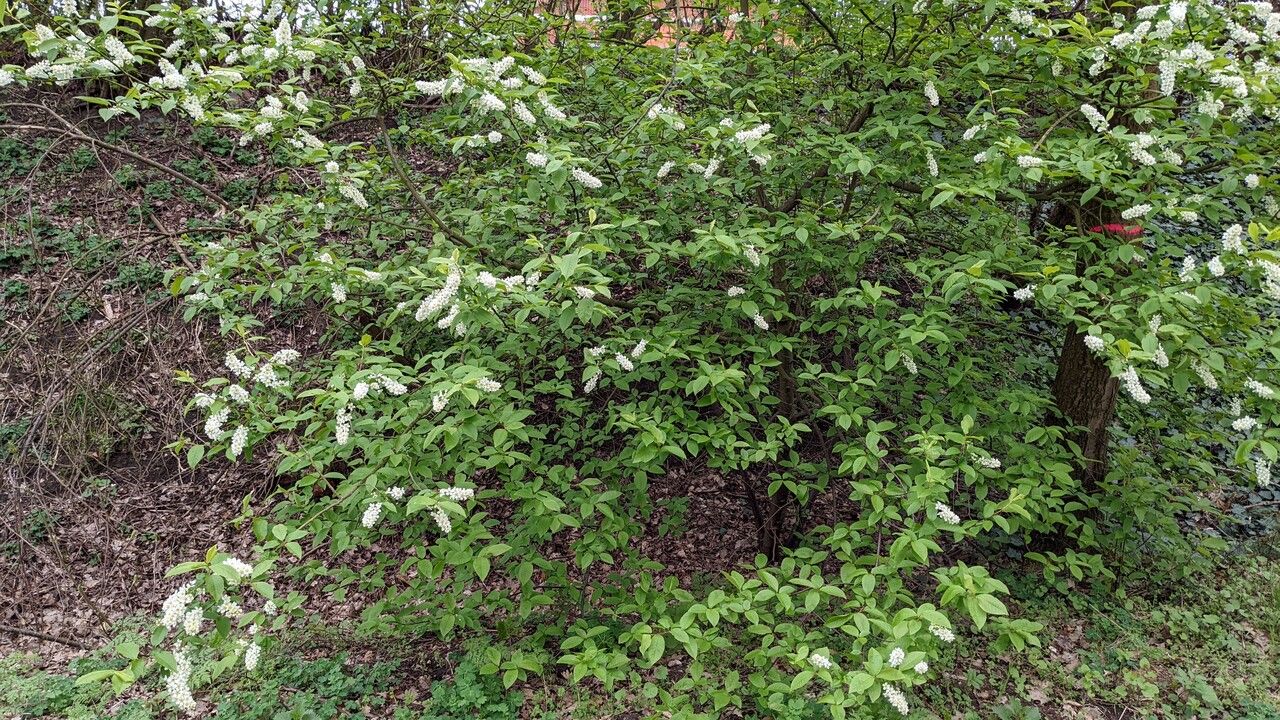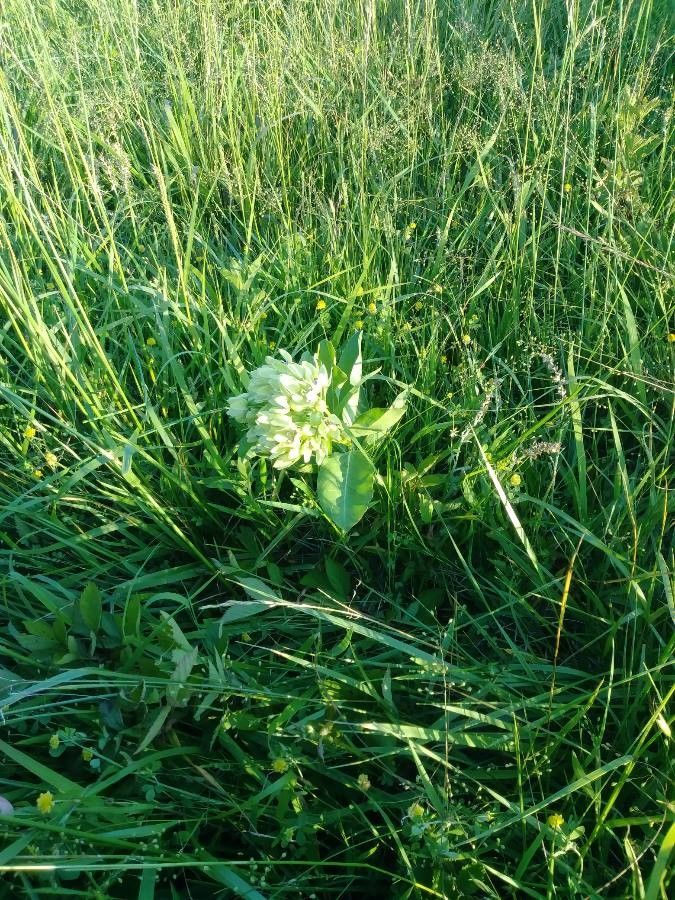### Lesser Spearwort: A Jewel of Wetlands
The Lesser Spearwort, *Ranunculus confusus*, is a captivating member of the buttercup family (Ranunculaceae). This unassuming yet beautiful wildflower thrives in damp, often overlooked environments, adding a touch of delicate charm to wetlands and bogs worldwide. Its understated elegance makes it a fascinating subject for botanists and gardeners alike.
### Habitat and Growth
Lesser Spearwort is a quintessential wetland inhabitant, flourishing in saturated soils and even shallow water. You'll often find it colonizing the margins of ponds, ditches, marshes, and wet meadows. It prefers full sun to partial shade, making it adaptable to various lighting conditions within its preferred damp habitat. The plant typically grows to a height of 10-40cm, forming dense mats in suitable locations. Its slender, spear-shaped leaves give it its common name.
### Identification
Identifying Lesser Spearwort involves a keen eye for detail. Look for its bright yellow, five-petaled flowers, which are relatively small compared to some other buttercups. The leaves are characteristically linear to lanceolate, with slightly serrated edges. It's crucial to distinguish it from other similar species within the *Ranunculus* genus. Referencing field guides and using plant identification apps can greatly assist in accurate identification. Close examination of the stem and leaf structure is essential for distinguishing it from other closely related Spearworts and Buttercups.
### Cultivation and Care
While Lesser Spearwort thrives naturally in wetlands, it can also be successfully cultivated in a garden setting. Providing consistently moist or wet soil is crucial. Well-drained soil, even if consistently moist, is not suitable. Amend the soil with organic matter to improve moisture retention. A position in full sun or partial shade will generally suit the plant.
The Lesser Spearwort is relatively low-maintenance once established. However, consistently moist soil and the absence of competition from aggressive plants are essential for healthy growth. In drier climates, regular watering might be necessary, especially during the growing season.
### Conservation Status
While not currently considered threatened globally, the conservation status of Lesser Spearwort can vary regionally depending on wetland habitat loss and degradation. Protection of existing wetland areas is crucial for the long-term survival of this beautiful and ecologically important plant. The health of wetlands is interconnected with the health of a variety of species, and the Lesser Spearwort serves as an indicator of a healthy wetland ecosystem.
### Conclusion
The Lesser Spearwort is more than just a pretty wildflower. It’s a fascinating indicator species highlighting the importance of wetland conservation. Whether admired in its natural habitat or cultivated in a garden, its delicate beauty and resilience warrant appreciation and understanding. Further research into the ecological role of this plant reveals its significance within the wider wetland ecosystem.
Lesser Spearwort: A Complete Guide

Frequently Asked Questions
How do I identify Lesser Spearwort?
Look for its bright yellow, five-petaled flowers and its distinctive linear to lanceolate leaves with slightly serrated edges. Compare it to images in field guides or use plant identification apps for confirmation.
Where does Lesser Spearwort grow?
Lesser Spearwort thrives in wet habitats, including the margins of ponds, ditches, marshes, and wet meadows. It prefers full sun to partial shade.


